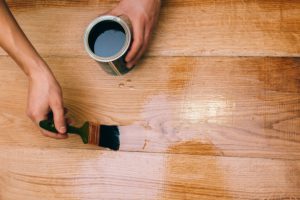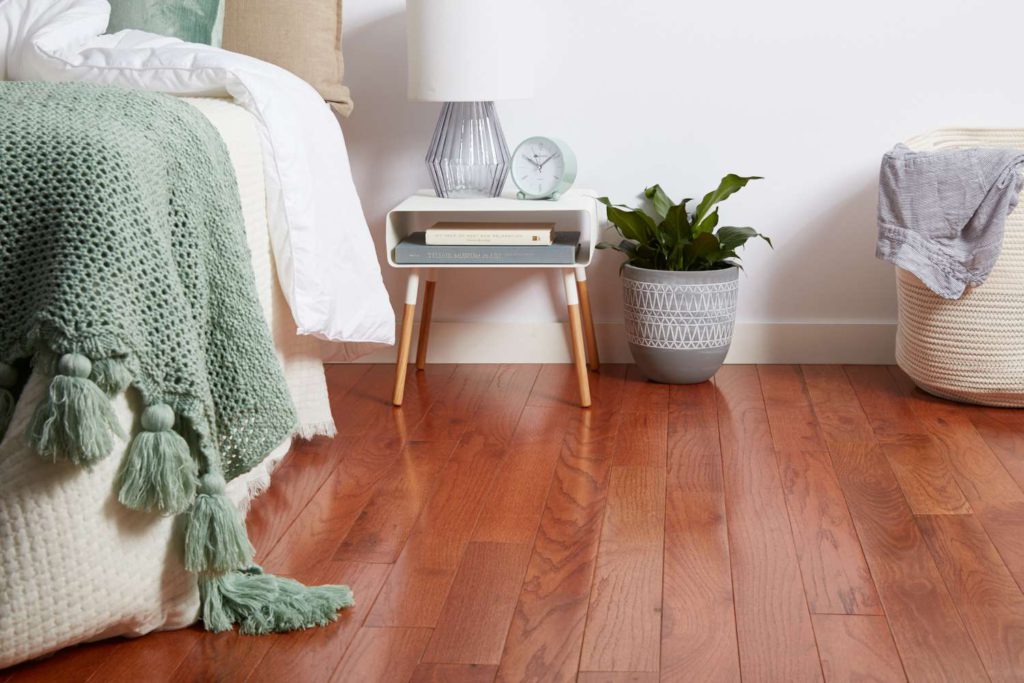Your home reflects who you are, so it’s important to make it feel special and unique.
We often imagine how we’d like our home to look – but sometimes need a spur to get us started.
Walking around the outside of the house is always a good start.
We pile off to work, or go out shopping most days, but probably never inspect the house, the garden or its surrounds, unless we’re looking at doing a specific job. We glance at it in passing.
That moss on the drive, the odd slate off the roof, the crumbly concrete falling in bits from the wall.
Woodwork is another thing that often gets neglected. It’s important to keep on top of the maintenance of it though, or you’ll find rainwater creeping in, rotting the wood, and causing you some very expensive problems.
Unless you have polycarbonate or some other synthetic material, you’ll find that one area that gets hammered by the weather is your decking area.
It’s probably somewhere you use a lot, for relaxing, for entertaining or for those early morning coffees. But it’s because you use it a lot that you might not even notice the wear and tear to the woodwork and the fittings.
The thing is, it’s so easy to get it looking fantastic again. All you need is a dry weekend, some sandpaper, a soft wire brush, a broom, a decking paint brush, the best decking oil you can afford – and some elbow grease.
Why decking oil? Well, mainly because it doesn’t just lay on the surface of the wood. It soaks into the grain, nourishes the wood, and forms a protective barrier.
Once it has penetrated, UV rays, rain, and dirt won’t damage the wood. It will look amazing too.
Oiling deck wood is easy. Just lightly sand down the surfaces of the wood – and for the tread (the grooves) use the soft wire brush, just to get the dirt and dust off. Sweep away all the dust and dirt, then wipe the surfaces with a damp cloth.
You’re then ready for the oil. This can be a natural oil, synthetic oil, or hybrid oil.
You need to consider the type of wood they made your decking of, the climate in your area, and the level of protection required.
Some of the best decking oils in the market include:
● Cabot’s Natural Decking Oil
● Sikkens Cetol HLSe
● Feast Watson Decking Oil
● Intergrain UltraDeck

Just apply the oil in the direction of the wood grain using a brush, roller, or sprayer. Make sure to uniformly cover the entire surface.
Finally, let it dry for at least 24 hours before using your deck again – and wait for the massive compliments …
While you have the timber bug, you might want to look at timber cladding as an alternative to dry-walling plasterboard and paint.
Wood, with a fabulous finish, which can draw breath if you use the right type, and ticks all the boxes for green credentials and sustainability.
Using timber for cladding is an excellent way to add character and style to your home’s exterior.
It involves covering the external walls of your home with wooden boards, giving it a warm and natural feel.
Timber cladding also provides insulation, soundproofing, and protects your home from the elements. Some of the popular wood options include cedar, larch, and oak.
The wood you use needs to be cut by a timber yard, then left for a few years to “season.” This is to dry the sap from the cellular structure of the wood and make the timber usable so it doesn’t warp or bend.
They can then cut the wood to the right sizes. The beauty of using a wood yard is that they can accommodate odd sizes of timber rather than just the usual standard-sized pieces.
An alternative is to use old, recycled wood demolished from buildings past their time. Although this wood may not be the size you want, it can be joined and adapted – and it is significantly cheaper than buying newly-sawn timber.
Another use for wood, if you want something offbeat and unusual in your house, is to use it for a timber ceiling.
Again, timber ceilings tick all the sustainability checklists and can warm a room up by giving a soft glow rather than a harsh white or pastel finish, which most ceilings tend to have.
As with the cladding, there is a wide range of stains, varnishes, oils and treatments to choose from. The golden rule is not to stain a light wood to a darker colour unless you are absolutely sure that it’s the tone you want.
This is because you can never “un-stain” wood – especially if you use a highly penetrative staining solution which is absorbed into the wood grain.
Use a small offcut of wood to test the products you intend to use to make sure the finish is what you want.
A clear varnish or lacquer is often an excellent compromise – and can be matt, silk or gloss in finish – to suit all tastes.
Beware though; large quantities of wood can be difficult to move onto a site – especially if the timber is a heavy hardwood.
Using something like a Franna crane might be the ideal solution.
Although they’re not the largest cranes around, frannas are perfect for smaller jobs where you need access and don’t have a large team of operatives available to you.
Highly manoeuvrable, with the “footprint” of a large truck, a Franna will tackle most domestic home site lifting with ease. Known as “pick and carry” cranes – they’re perfect for material handling and general lifting jobs.
Their long-reach, hydraulic boom allows a telescopic arm to extend for up to 65 feet or 20 metres, taking weights of up to 40 tons.
So adding a decorative “lift” to your home is an excellent way to update it – and increase its value.
Not only can you add a unique touch of style, but it will also make your house more attractive and desirable to potential buyers when the time comes to sell.
That’s more than one way to give your home a special lift.

